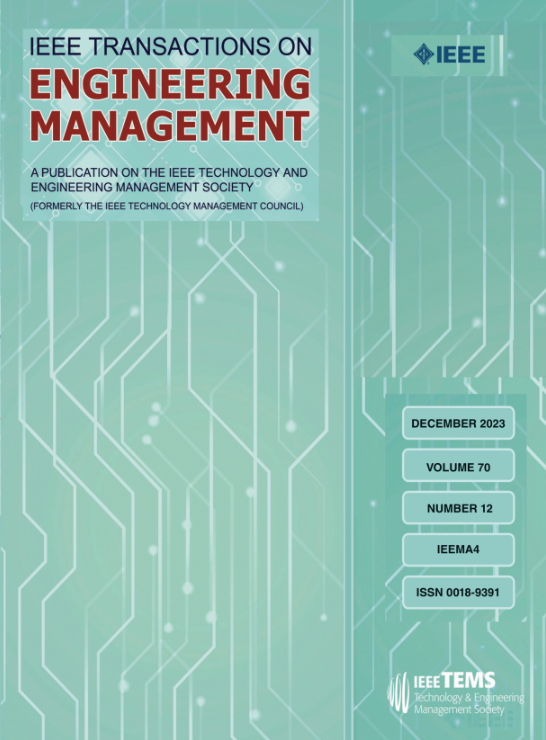供应链运营的金融科技:平台信贷融资
IF 4.6
3区 管理学
Q1 BUSINESS
引用次数: 0
摘要
传统上,在供应链管理中,惠普(Hewlett-Packard)和宝洁(Procter&Gamble)等制造商通过贸易信贷融资(TCF)为下游零售商提供资金。最近,随着金融科技的发展,平台也实施了创新的融资计划,即平台信贷融资(PCF)。无论是 TCF 还是 PCF,都有一定的风险,会使贷款人面临经营风险。受这些现实实践的启发,我们建立了一个三梯队供应链模型,在这个模型中,一个资本受限的零售商面临运营风险,向制造商下订单并在在线平台上进行销售。我们探讨了 TCF 和 PCF,并根据零售商的运营风险和平台对产品类别的推荐费确定了零售商的最佳融资方案。我们的结果表明,当零售商的运营风险水平较高时,PCF 对所有三个实体都有利可图。这一结果证明,在经营风险较高的情况下,零售商通过传统模式获得融资具有挑战性,因此 PCF 的成功应用是合理的。我们还发现,在有损失规避型贷款人或部分需求得到满足的情况下,TCF 可以实现三赢的结果。为了获得更多见解并检验核心结论的稳健性,我们研究了几个扩展案例。本文章由计算机程序翻译,如有差异,请以英文原文为准。
FinTech for Supply Chain Operations: Platform Credit Financing
Traditionally, in supply chain management, manufacturers such as
Hewlett-Packard
and
Procter&Gamble
fund their downstream retailers through
trade credit financing
(TCF). Recently, with the advance of FinTech, platforms have also implemented innovative financing schemes called
platform credit financing
(PCF). Both TCF and PCF are risky, which expose the lender to operational risks. Motivated by these real-world practices, we model a three-echelon supply chain in which a capital-constrained retailer, exposed to operational risk, orders from the manufacturer and sells on an online platform. We explore TCF and PCF, and determine the retailer's optimal financing options based on her operational risk and the platform's referral fee for the product category. Our results show that PCF becomes profitable for all three entities when the retailer's operational risk level is high. This result justifies the successful adoption of PCF under a high operational risk scenario where it becomes challenging for the retailer to obtain financing through traditional modes. We also find that TCF may achieve a win-win-win outcome in the presence of a loss-averse lender or in the partial demand fulfillment scenario. To derive more insights and check for the robustness of core findings, we examine several extended cases.
求助全文
通过发布文献求助,成功后即可免费获取论文全文。
去求助
来源期刊

IEEE Transactions on Engineering Management
管理科学-工程:工业
CiteScore
10.30
自引率
19.00%
发文量
604
审稿时长
5.3 months
期刊介绍:
Management of technical functions such as research, development, and engineering in industry, government, university, and other settings. Emphasis is on studies carried on within an organization to help in decision making or policy formation for RD&E.
 求助内容:
求助内容: 应助结果提醒方式:
应助结果提醒方式:


